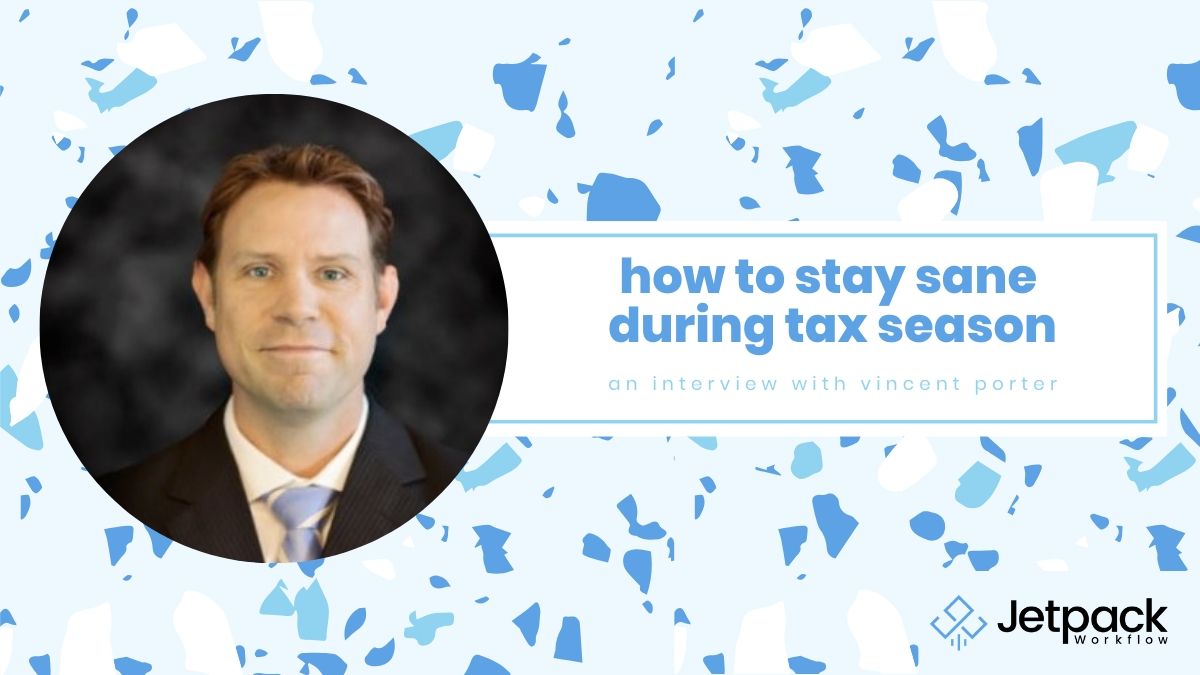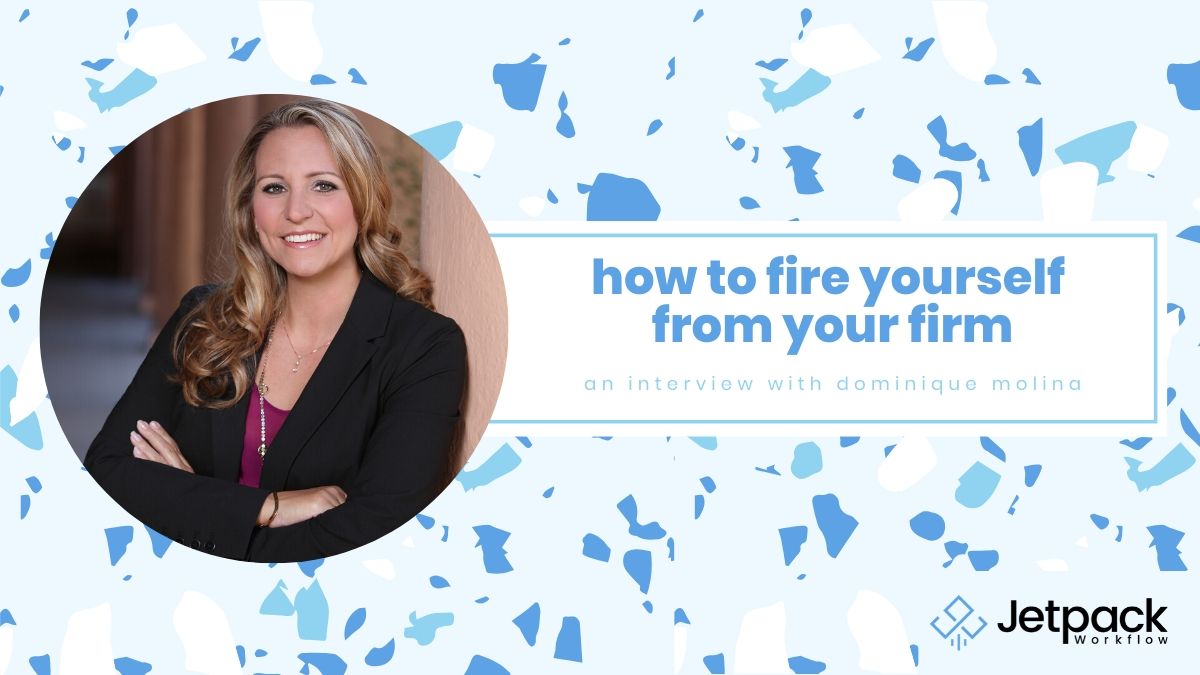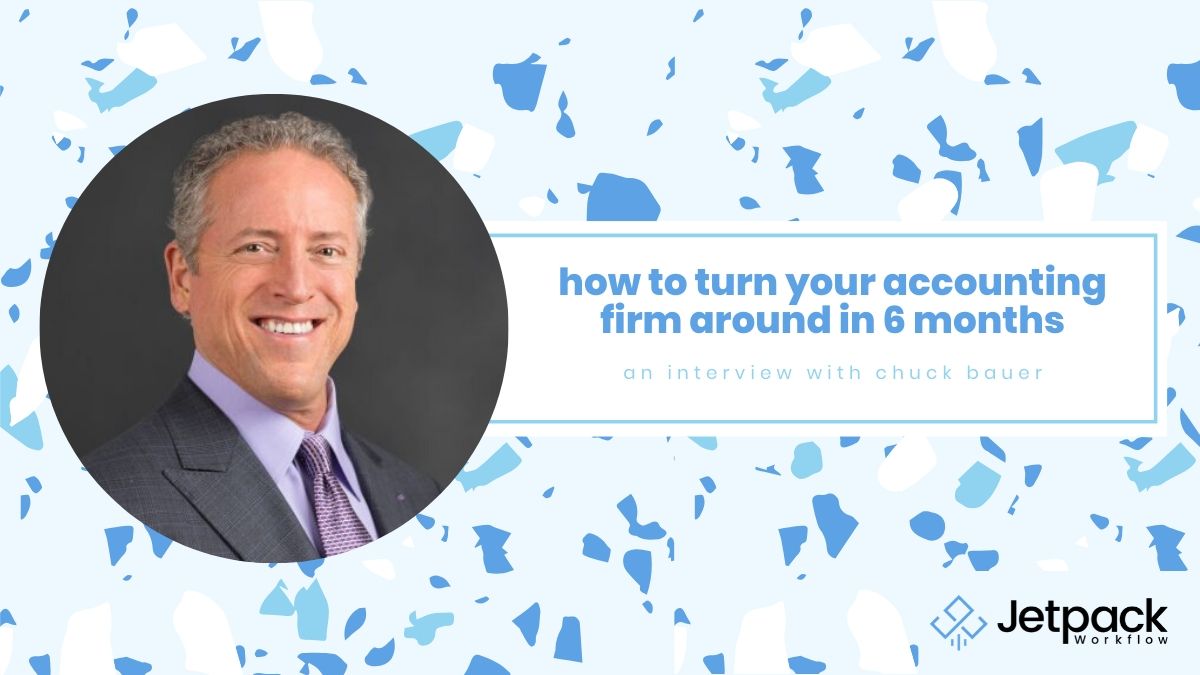Getting Your True Worth From Clients With Jeff Borschowa

It’s tax season right now, and you might be wondering if you even have time to listen to this podcast. It just might be worth your time to make next tax season, and the rest of your year, far simpler and more profitable.
This is our second time interviewing Jeff Borschowa from Maverick Business Academy. Last time we talked about building a better workflow, but this time we’re digging a little deeper into the fundamentals of value. Our topic of discussion is how accounting firms can get what they’re truly worth in a way that doesn’t bury you and your team with work. If you can get this paradigm shift in your thinking right, you can completely transform your business for the better.
We don’t want to spoil too much, so please take the time to listen to the conversation or read the summary below. Thanks for listening.
In this episode of the Growing Your Firm Podcast, David Cristello and Jeff Borschowa discuss:
- Why getting more clients isn’t the answer to better profits and less stress
- How grocery stores are a bad model for most accounting businesses
- Signs that you’re getting paid too little per client
- Destroying the fee-sensitivity mindset in your business and in your clients
- How you can go beyond bookkeeping and taxes to provide something more valuable
Additional Links:
What Is Your Worth?
When I consult with a new accounting firm, a typical symptom I see is burnout. They’re taking on more and more clients. They’re growing, but they’re working far too hard. They’re getting too much stress for too little reward.
Sadly, one of their first questions is to ask me how they can get more clients, or they ask if they need more staff so the firm can take on more clients. This is the wrong approach; it just adds fuel to the fire. Improving workflow is a better tactic, but it’s not the best tactic. What you need are better clients. But before you can get better clients you have to know what your worth is.
The Grocery Store Model
How would you describe the clients of a grocery store? They’re low margin, but high volume. In order to handle that volume, grocery stores need lots of staff to keep the shelves stocked and intricate workflows. It may look calm to you when you go in there but there’s a lot going on behind the scenes.
Let’s contrast this with a boutique store. High margin, low volume. Unlike the grocery store, a boutique store can take the time to explore what the customer really wants and solve their pain points. This extra attention lets the boutique store charge much higher prices.
I’m not going to say that every firm needs to be like a boutique store. Some firm owners do want to cater to the masses and they make a conscious decision to target that market. But what I often see is that my clients don’t make that decision on which markets they truly want to target. They’re a little grocery store, a little boutique, a little in the middle. They want to cater to everyone and this leads to burnout. It also leads to money getting left on the table.
This is reflected in their average fee per client. Quite honestly, this number is always too low if you haven’t specialized. I’ve had clients who want to get a direct payment system set up because they don’t want to lose the 2% margin on credit card fees. If this is you, I guarantee your average fee is too low. Why are we underselling ourselves?
Destroying Fee Sensitivity
There is a bad habit in this industry of believing that every client is fee-sensitive and they’ll jump ship for a cheaper price. This leads to a scarcity mindset that good clients are rare. It makes us worry about what’s the maximum we can charge without scaring clients away.
I want to propose a different mindset. What worth can you offer to your clients until you get paid what you’re really worth? This is independent of the client and all about what you can provide. If you’re meeting a new client and you’re expecting that you’re worth around $1,000 and the client has $5,000 to spend, I guarantee that most firms will leave that meeting with $1,000 because they’ve kept what they believe they’re worth.
I truly think most firms can increase their average fees by 50-200% and be better off for it. My firm has just interviewed four of our clients who did this and have told us they’ve been able to double their business, take long vacations, and experience far less stress.
So how do you raise your rates without causing mass panic?
Specializing In A Client Type
Raising your rates is a scary proposition because we’ve been lead to believe that we are a cost center for businesses. And if you are a cost center, then a business owner will want to squeeze as much value out of you as possible for as little as possible. The accounting industry has bought this line of thinking for too long.
Instead, we must orient ourselves toward the value we can provide our clients so that they can run their businesses better. We think that businesses just want a tax return done each year, but the good clients want more. They are eager to have those conversations about how they can make smarter business decisions. But if you don’t offer that value you can’t capitalize on it.
If you made a Venn diagram of all the services you offer and all the accounting services your clients want, you might be surprised at how little they intersect. It might just be taxes and bookkeeping. But if you can grow that intersection, then you’ll be able to provide more value and get more money from that client.
Why aren’t we helping our clients analyze margins and ratios? Where is our role in building their fiscal budgets? These are things that can help our clients grow over time.
That turns us from a cost center into an investment. And if you can show ROI over time, just think of how much more you could charge?
Start thinking about what else your clients need. When they ask you a question, is there a better way to approach their problem from an accounting perspective? This will require some stretching and some risk. Let’s take financial forecasting as an example. It’s easy to do tax returns because they’re all about past data and accountants agonize over being wrong about a forecast. The fact of the matter is that every forecast is wrong because all of the variables are changing so often. What they provide is a direction that the business is traveling toward and enables the business to make smarter decisions. That’s valuable and you can charge a lot for that.
If you do this well enough, you cut through any client’s fee adversity because you’re providing long-term strategic value. It’s no longer about the hours you put in but the value you deliver to the client. If you can separate your time from the outcome, clients will happily pay for the outcomes.
We, as an industry, have to stop thinking of ourselves as a cost center and start thinking about the value that we can provide to our clients beyond tax returns and balance sheets. We need to make ourselves an essential part of our client’s business planning. Thanks to our financial knowledge, we have a unique perspective on how a client’s changes might affect the future of their business. Let’s do something beyond the basics and get paid a lot more for it!
RELATED ARTICLES:










